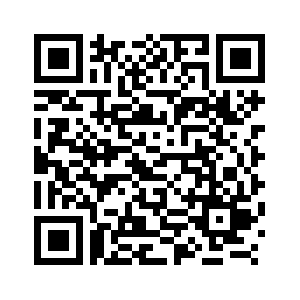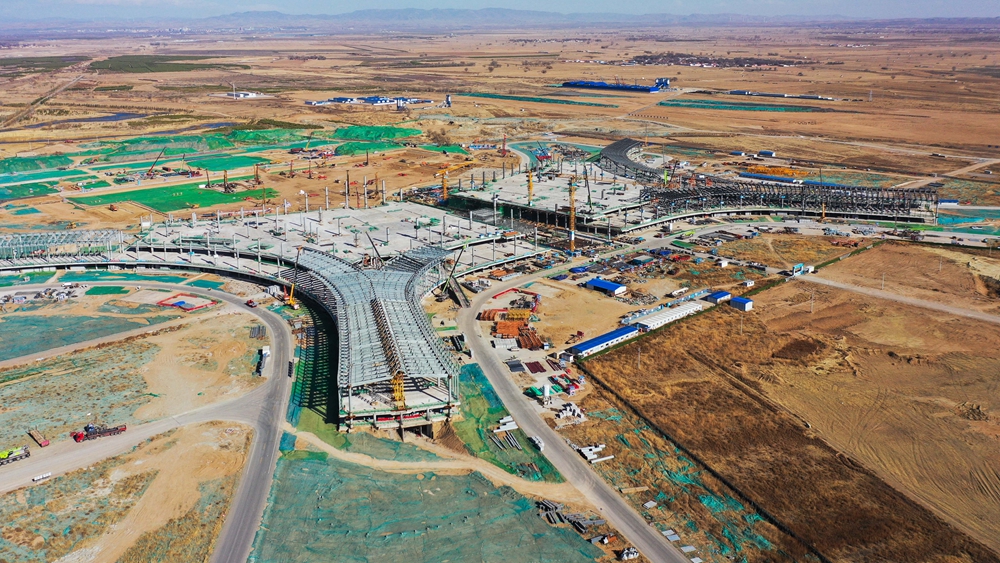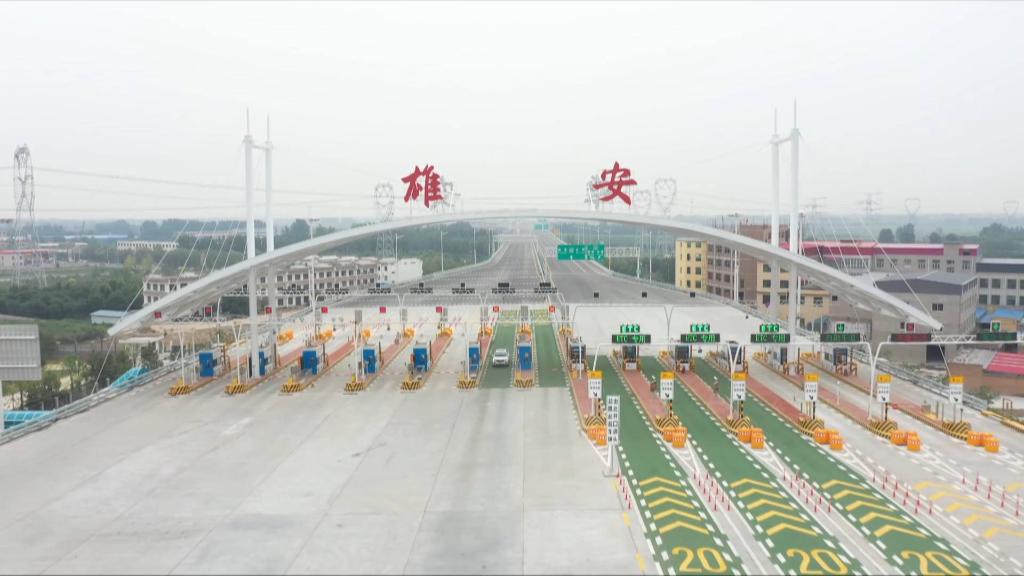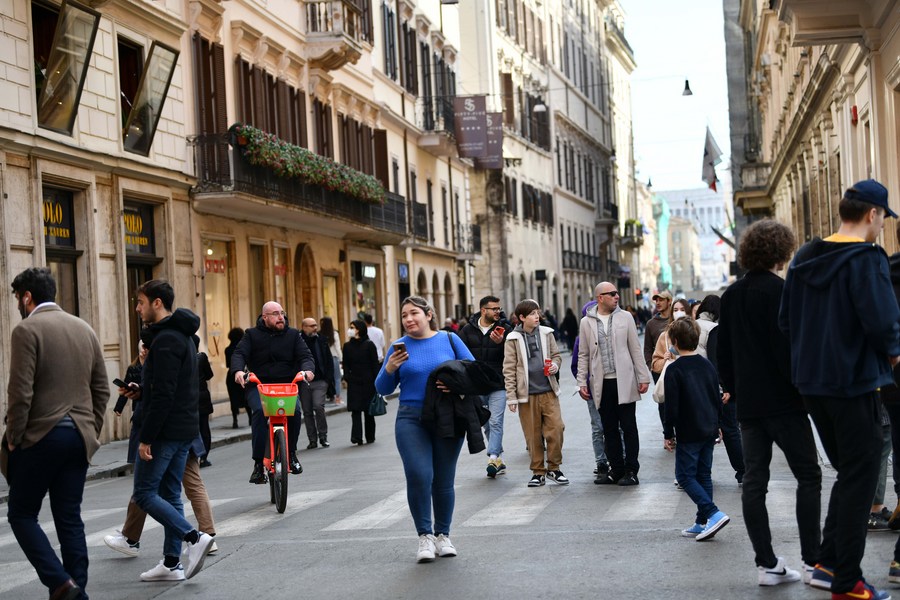
People walk on a street in Rome, Italy, on Feb. 11, 2022. (Xinhua/Jin Mamengni)
More than two years after its announcement, and following several extensions, Italy on Thursday officially ended the COVID-19 pandemic state of emergency.
ROME, March 31 (Xinhua) -- More than two years after its announcement, and following several extensions, Italy on Thursday officially ended the COVID-19 pandemic state of emergency.
The end date -- March 31 -- was originally announced by Prime Minister Mario Draghi in February. The country can now gradually phase out the remaining COVID measures between April 1 and Dec. 31, 2022.
From Friday on, the four-tier system based on a color code -- white, yellow, orange and red zones for no, low, medium and high pandemic risk, respectively -- will no longer apply, according to the new rules.
This means that the remaining measures will apply nationwide, regardless of the local or regional epidemiological situation.
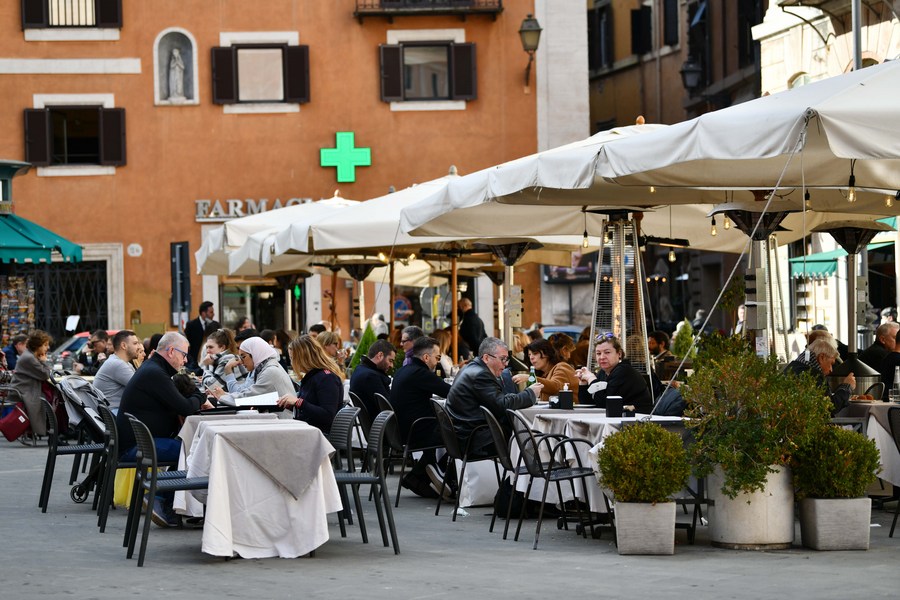
People sit on the outdoor dining area of a restaurant in Rome, Italy, on Feb. 11, 2022. (Xinhua/Jin Mamengni)
KEY CHANGES
Several rules will change starting on April 1, according to a cabinet decree passed earlier in March.
Among the changes that will impact Italians' daily life the most are those concerning the "normal" green pass -- showing proof of vaccination, recovery or a negative test --, which will no longer be needed to enter public offices, banks, shops and in the outdoor areas of restaurants and bars.
However, the pass will still be required for patrons inside cafeterias and restaurants.
Another key change provides that those aged 50 or older who are not vaccinated against COVID-19 will be allowed to access their workplaces again by presenting a negative test result.
However, the so-called "super" green pass (showing proof of vaccination or recovery only) will remain mandatory until Dec. 31 for healthcare workers, including those in nursing homes.
Also from Friday, local public transport passengers will not be required to present a green pass but will still be obliged to wear face masks on board until April 30.
The wearing of face masks will continue to be required until April 30 to enter shops, offices, restaurants, gyms, pools, theaters and other leisure and cultural venues, as well as workplaces.
The mandate to wear masks outdoors will be lifted everywhere in Italy, as will the obligation to wear an FFP2 (filtering face piece) mask in classrooms.
Stadiums and all other sports facilities will be allowed to operate at full capacity again. Proof of vaccination and wearing a face mask will continue to be needed to access indoor facilities.
In stadiums, a negative test result received within 48 hours as well as an FFP2 mask will suffice.
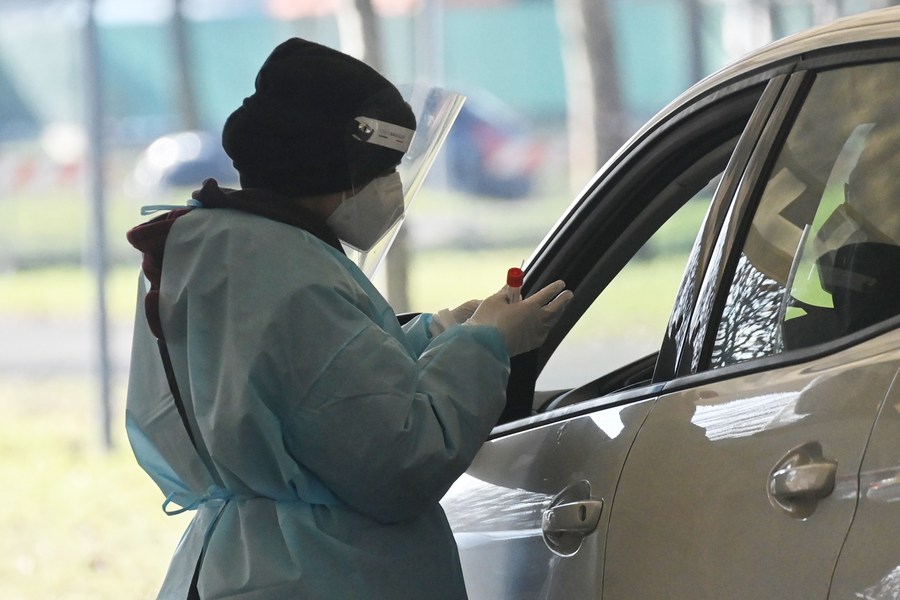
A medical worker collects a swab at a drive-thru COVID-19 test site in Bologna, Italy, on Dec. 31, 2021. (Gianni Schicchi/Xinhua)
NEW QUARANTINE RULES
From Friday on, only infected people will have to self-isolate. Close contacts of infected individuals -- even if they are not vaccinated -- will no longer be required to quarantine.
The quarantine obligation at schools will also be lifted. From April 1, only pupils who eventually test positive will be required to self-isolate. Their classmates, aged six and older, and teachers will have to wear FFP2 masks for ten days, but only if several active cases are identified.
The "super" green pass will remain mandatory for visitors to hospitals and care homes until Dec. 31.
Italy's government first declared a COVID-19 state of emergency on Jan. 31, 2020. To date, the country has registered some 14.5 million cases, including 13.1 million recoveries and over 159,000 fatalities.
Almost 90 percent of people aged 12 and above have completed the vaccine cycle. In addition, some 38.8 million of the nearly 59 million population have received their booster doses. ■
